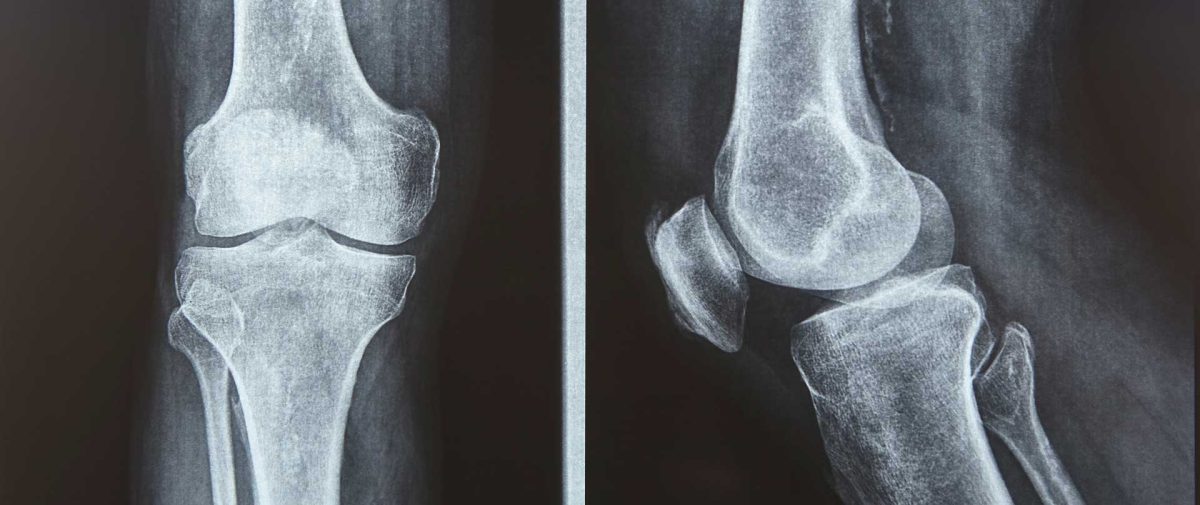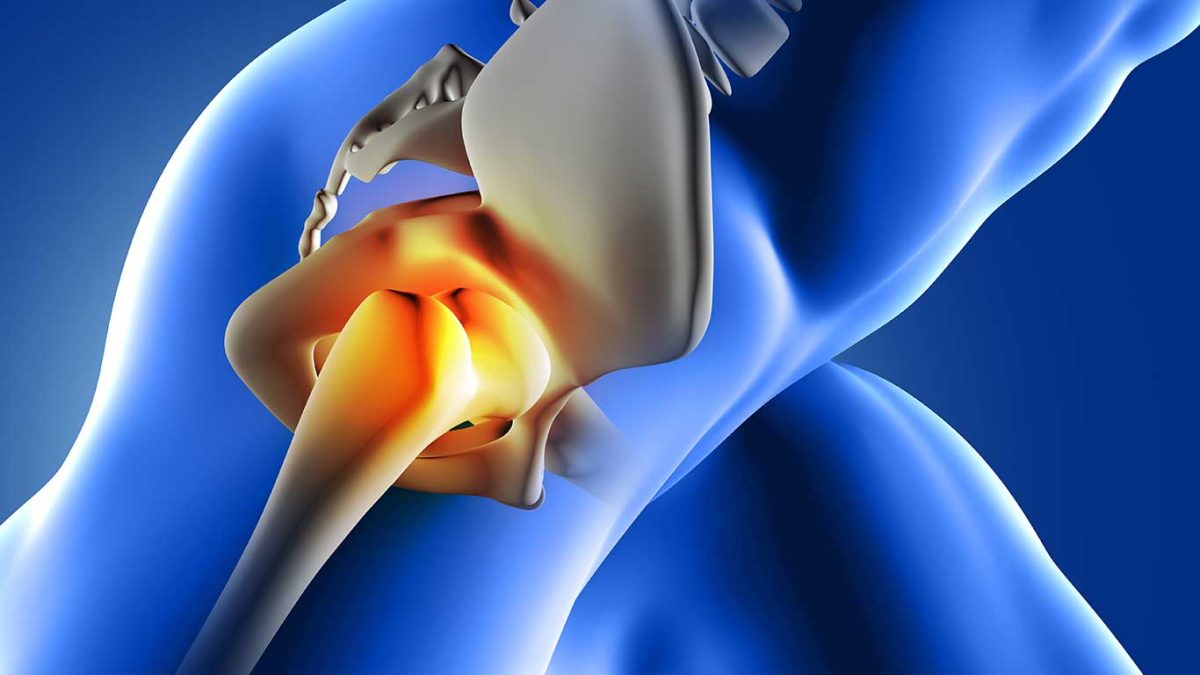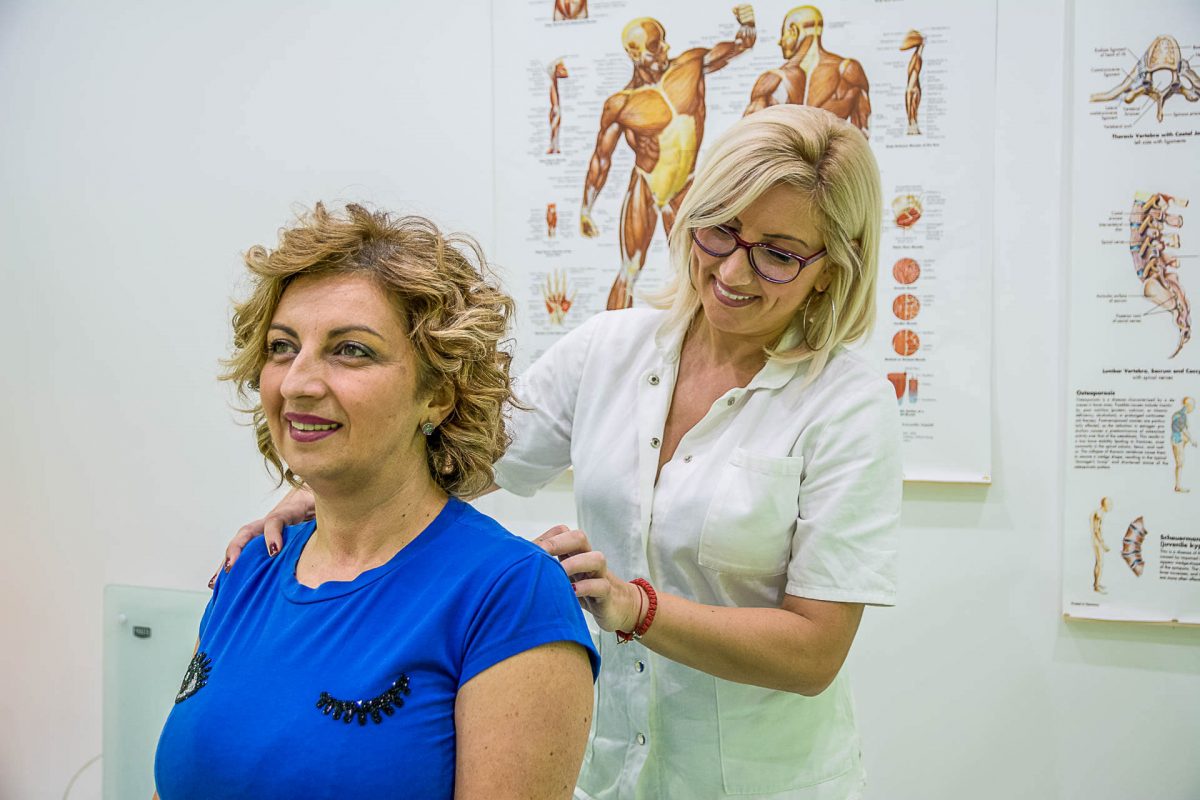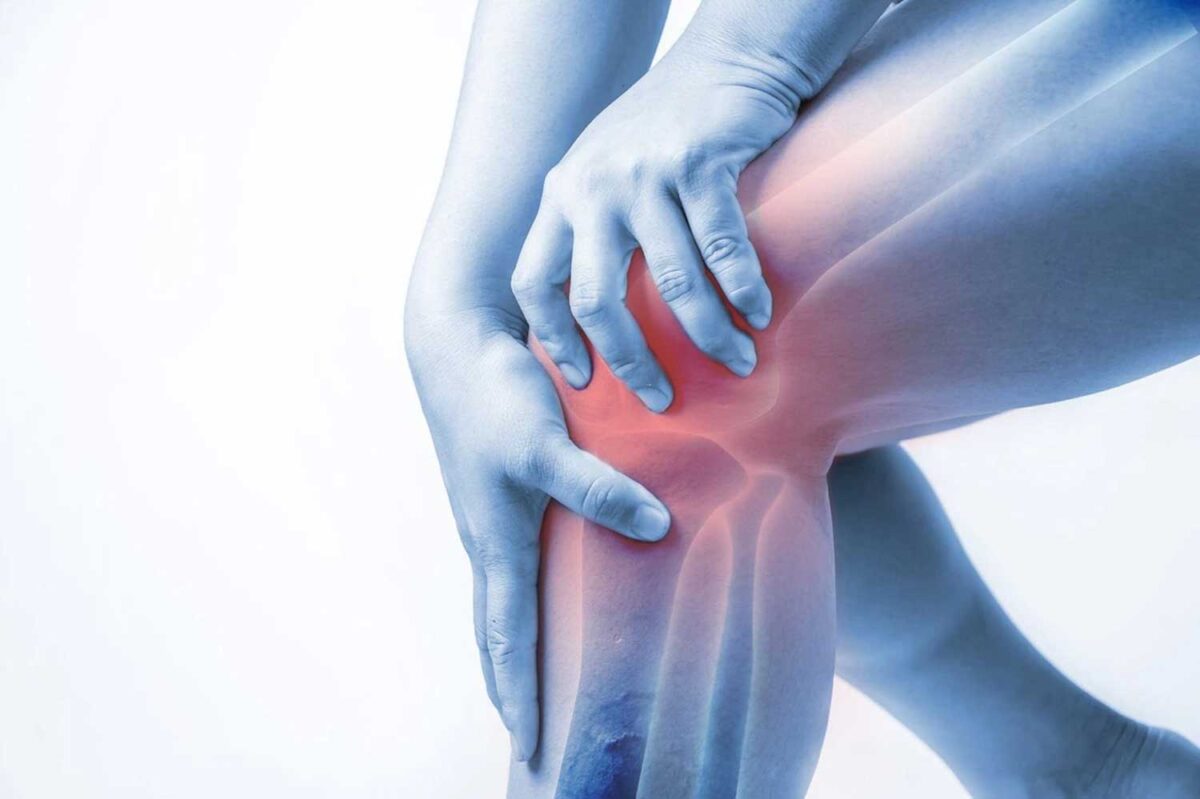Shockwave therapy in the treatment of joint calcifications
Joint calcifications can cause discomfort and limited mobility in areas such as the shoulder, hip, knee, elbow, and even the heel. Physiatrists and physiotherapists recommend Shockwave therapy as an effective solution to the problem of joint calcification.
What are joint calcifications?
Calcifications, also known as calcifications, represent the accumulation of calcium in the soft tissues of the joints. This process can cause pain, especially during movement, and interfere with daily activities.
How does Shockwave Therapy work?
Shockwave therapy is an innovative method of treating calcifications. It uses high-intensity shock waves aimed at the calcifications. These waves help break up calcium crystals, facilitating their resorption and reducing inflammation.
Benefits of Shockwave Therapy
Pain Reduction: Shockwave therapy significantly reduces pain associated with joint calcifications.
Increased Mobility: This treatment improves joint mobility, allowing a return to daily activities.
Fast Results: Most patients notice improvement after just a few sessions.
When to consult a physiatrist?
If you are experiencing pain and discomfort due to joint calcifications, you should consult a licensed physiatrist. They will assess your condition and recommend appropriate treatment, including shockwave therapy.
Shockwave therapy is an effective and non-invasive option for the treatment of joint calcifications, applicable to various parts of the body, including the shoulder, hip, knee, elbow and heels. Using shock waves, this therapy can improve joint health and get you back to an active life. Do not wait until the pain becomes unbearable – consult a physiatrist and learn more about the benefits of shockwave therapy.
We are at your disposal for all additional questions and information.





